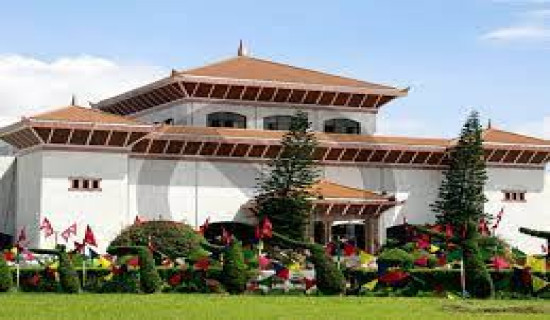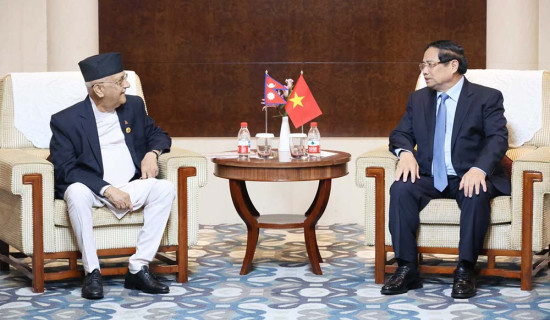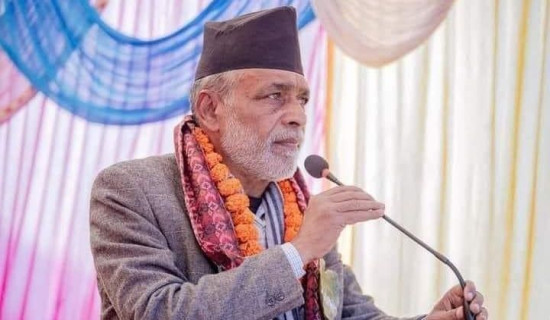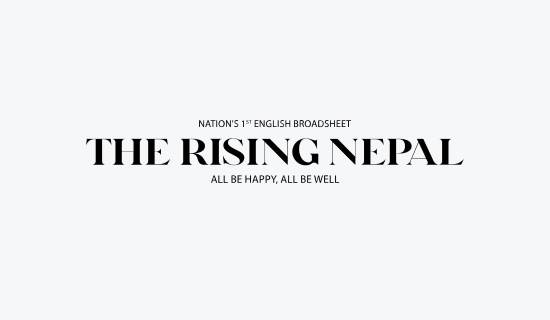- Sunday, 31 August 2025
Widening of Chobhar Gorge and Proposed Nagmati Dam - An interaction and Way-out

Following
the disastrous floods along the Bagmati corridor on September 28, 2024, which
claimed 37 lives and caused extensive property damage, a proposal to widen the
Chobhar gorge has caused curiosity, doubts, and debates amongst general public. The
suggestion, initiated by the National Disaster Risk Reduction and Management
Authority (NDRRM) and forwarded to the Ministry of Urban Development (MoUD),
comes amid growing concern over urban encroachments along the river corridor.
Based
on this theme, a meaningful dialogue program was organized by Mitrakunj, an
alumni association of former Soviet and CIS graduates on 25 June 2025 at the
Russian House in Kathmandu. The event was focused on two key topics:
“Discussion on Chobhar Gorge Widening” and “Review of the Nagmati Dam Project”.
The gathering brought together geologists, water resource experts, natural
hazard specialists, former government officials, professors, and
representatives from relevant departments and projects.
Experts
at the event advised against rushing into large-scale interventions like the
Nagmati Dam or the widening of Chobhar Gorge, emphasizing that such decisions
must be based on comprehensive technical, economic, cultural, and environmental
analysis. Many warned that hasty alterations in the sensitive site of Chobhar
Gorge could cause irreversible damage to its unique geographical integrity and
heritage, which has evolved over thousands of years.
Kamal
Ram Joshi, Director General of the Department of Hydrology and Meteorology,
noted that on 28 September 2024, the gauge reading at Khokana reached 6.16
meters, with a corresponding discharge of 1130 cubic meters per second, a level
statistically associated with a 92-year return period. However, experts
attribute the severity of the flooding not solely to intense rainfall but to
unchecked urban development in the river’s natural floodplain. In particular,
areas like Nakhu saw homes built directly along or even within the historic
river course.
Professor
Hari Pandit of Tribhuvan University explained that the steep riverbed in Chobhar
gorge area helps maintain fast flow and shallow depth. However, if the gorge is
widened, the riverbed would become flatter, leading to significantly increasing
flood depth by as much as 10 meters, potentially increasing flood risk
upstream. He also pointed out that certain weirs, built under bridges along the
Bagmati corridor to protect their foundations, have actually worsened flooding,
and removing these structures could significantly reduce flood levels. Alternative
engineering solutions, such as piling around bridge foundations, could protect
infrastructure without disrupting river flow.
Senior water resources, hydrology expert and Professor Narendra Man Shakya emphasized the urgent need to update outdated hydrological parameters. “We're still using old 'C' values in the Q=CIA formula used to calculate discharge. These must be re-evaluated to reflect current urban permeability and rainfall-runoff characteristics,” he stressed. Shakya advised on comprehensive modelling, including assessments of percolation needs, detention strategies, and the creation of permeable urban spaces. “Before any decision, we need quantified studies, risk-informed decision making (RIDM), and alternative scenario evaluations. The percolation area and amount of water to be absorbed in order to prevent a 100-year flood event in Kathmandu should be accurately calculated.”
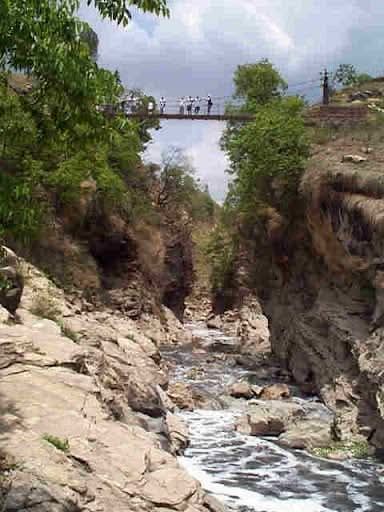
Er. Badan L. Nyachhyon, a senior civil engineer, advised that infrastructural interventions must also consider Kathmandu Valley's rich cultural and historical context. “The Bagmati civilization is deeply tied to both tangible and intangible heritage. The Chobhar gorge, shaped by flood events over the past 60 million years, is an integral part of the Kathmandu Valley World Heritage Site. Altering it without proper consultation risks both cultural loss and disastrous consequences.” While mentioning the sensitivity of the stones and rocks lying near the gorge, Nyachhyon stated “Those stones are not just geological artifacts, they are natural defences”.
In
parallel, the controversial Nagmati Dam project has come under renewed
scrutiny. Intended to improve water quality in the Bagmati during the dry
season, the proposed 94.5-meter Concrete Face Rockfill Dam (CFRD) has been
criticized for its potential risks and questionable efficacy. Rajan Raj Pandey,
an environmental engineer and PhD researcher at Lincoln University in Malaysia,
warned that the dam site lies on fractured rock formations and could pose
enormous risk if breached. “A dam break could affect up to 500,000 people,
devastate major infrastructure including the airport, and threaten revered
heritage sites like Pashupatinath and Bouddhanath,” Pandey said. He also
questioned the project's effectiveness, citing the 9.42-billion-rupee cost
estimate from 2021. “If the improvement in water quality is negligible, why
risk lives and heritage?”. Water quality can instead be improved by increasing
the capacity of wastewater treatment through upgrading existing plants and
constructing new facilities as needed, while completely stopping the direct
discharge of untreated sewage.
Water
resources expert Er. Govinda Sharma Pokharel pointed out that addressing floods
in Kathmandu, the Chobhar Gorge, and the proposed Nagmati High Dam requires a
well-informed understanding based on real observations and historical events.
He noted that by 1993 AD, around ten significant floods had been recorded near
Padheredobhan, including the deadly 1981 flood when Lele Khola and Thankot
Khola swept away people. In Markhu, a discharge of 360 cumecs was recorded
around the same time. He also cited the severe 1993 flood, when Tistung
received 540 mm of rain in 24 hours, causing an estimated 15,000 cumecs
discharge in the Bagmati River. Subsequent flood events in 2002, 2011 (311 mm),
and 2023 (360 mm) further demonstrated the growing risk. These floods,
exacerbated by poor governance and mismanagement, turned into disasters that
could have been mitigated. Pokharel points out that if a 24-hr rainfall of 540
mm, like that recorded in Tistung, were to fall directly in Kathmandu, the
impact would be terrible. Climate change could further intensify such events.
Therefore, Kathmandu must be prepared for extreme rainfall of up to 600 mm,
with appropriate flood management systems in place to protect its residents.
Pokharel
shared that the Chobhar Gorge is about 18–20 meters wide on average, with
nearby settlements 30 meters above. “If floodwaters rise by 10 meters, the
Chobhar Gorge can immediately discharge about 2,800 cumecs, keeping settlements
30 meters above safe from Bagmati River floods. The flood in Sept 2024 was
around 1,130 cumecs, well below the gorge’s capacity. As for the idea of
widening the Chobhar Gorge to manage floods in Kathmandu, anyone proposing such
an unwise idea either hasn't seen Chobhar or hasn't seen Kathmandu. This is
because, firstly, there is no basis to believe that the Chobhar Gorge would get
blocked, and even if it did get blocked somehow, there are natural outlets in
the upper section of the gorge through which floodwaters could easily escape”,
he added.
Er.
Surendra Paudel, Project Director of the Nagmati Dam Project, stated that the
primary objectives of the proposed dam were to generate 1.8 MW of hydropower,
improve the water quality of the Bagmati River, and contribute a portion of the
flow to Kathmandu’s drinking water supply. However, in response to public
feedback and concerns, the project has been put on hold, and alternative
solutions are currently being explored.
The
program yielded several important conclusions. Firstly, experts estimated that
the Chobhar Gorge has a flow-bearing capacity of about four times greater than
the flood flow recorded last year. This finding underscores the urgent need for
a comprehensive hydrological study of the Bagmati watershed, extending to
Chobhar. Such a study should include detailed analyses of land use patterns, surface
alterations, water diversions, and other relevant factors.
The
Chobhar Gorge, having been shaped by ages of natural flood events, functions
effectively in managing water flow in its current form. Experts emphasized that
this unique natural heritage site should remain undisturbed, as it represents
an irreplaceable geological feature. Structural interventions should be
avoided; instead, alternative flood mitigation strategies that have proven
effective in other countries should be thoroughly evaluated and adapted to the
local context.
The
need for inclusive and informed stakeholder engagement was also highlighted.
Open discussions, expert debates, and seminars are essential for building
consensus and identifying appropriate, context-sensitive solutions. The experts
strongly warned against the impulsive construction or demolition of structures
in flood-prone areas. They advocated for prioritizing sustainable and safer
alternatives that preserve the natural flow dynamics of rivers.
(Writer Shrestha did master in professional engineering from University of Technology Sydney with courses including catchment modelling, flood estimation, advanced geotechnics and urban storm water design.)

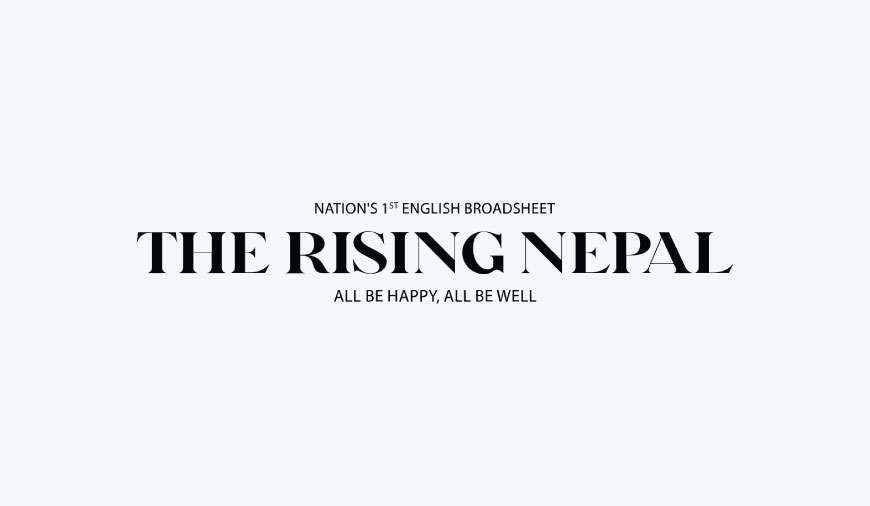
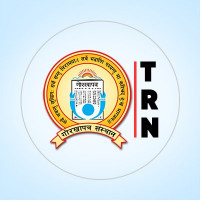
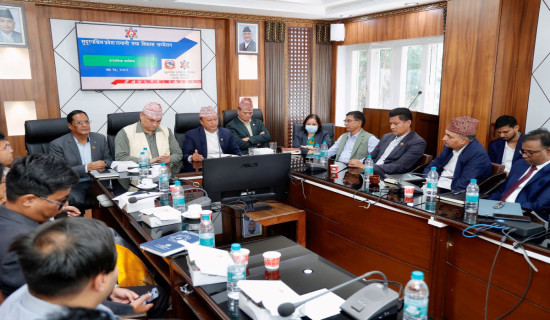
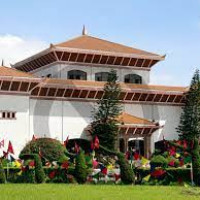
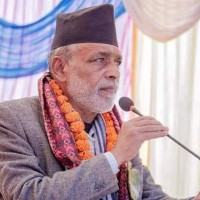

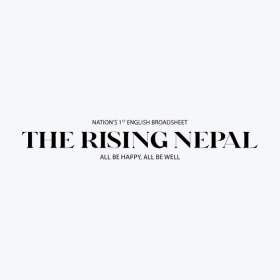
-square-thumb.jpg)
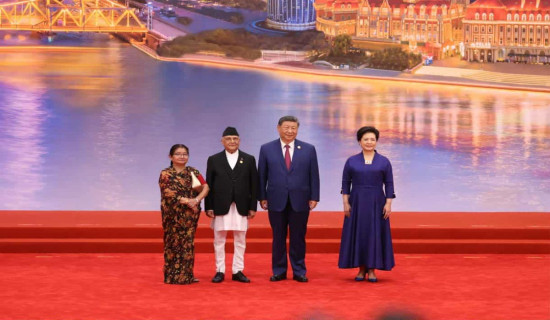
-original-thumb.jpg)
